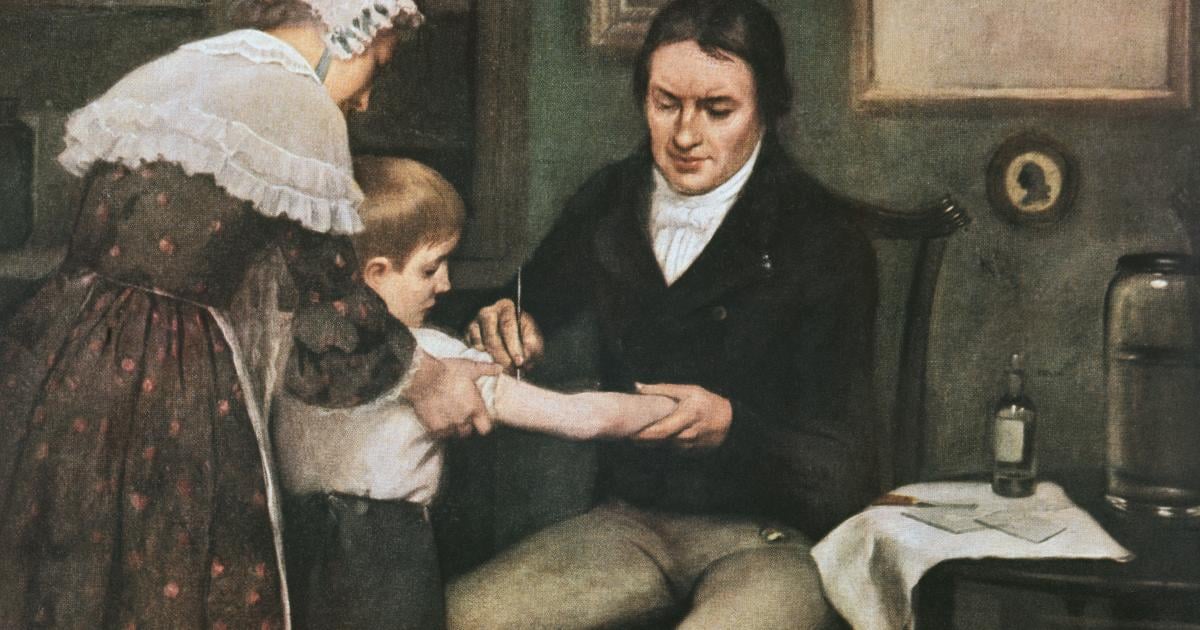“You could dry the pus and send it by post, but whether it would last a month-long trip to America was very questionable,” says Czech.
Francisco Javier de Balmis, doctor at the court of King Charles IV, suggested injecting the children with the live vaccine and transferring it successively during the voyage in order to keep the vaccination active at all times, as a human chain, so to speak. Medical historian Czech calls it a “risky plan, characterized by uncertainties”.
Always one sick
On November 30, 1803, the corvette “María Pita” set sail from La Coruña. The 22 boys from the foundling house mentioned at the beginning were on board. The healthiest between the ages of eight and ten who had never had smallpox or had been vaccinated were selected. Each week, two children were injected with the vaccine taken from the pustules of the children vaccinated the previous week.
“The trip lasted until spring, and the whole time someone had to be there to hatch this disease, to reach the point where they developed pustules so that the pus could be passed on to the next boy,” says Czech. The aim was to have at least one boy at the end of the trip from whom the active pathogen could be taken over. “
–


